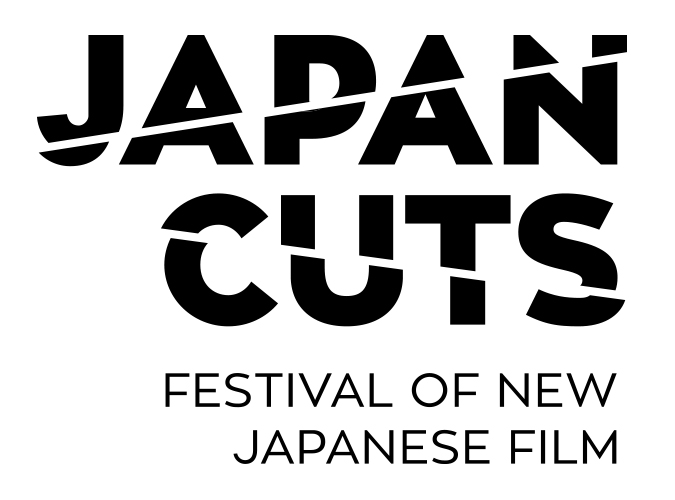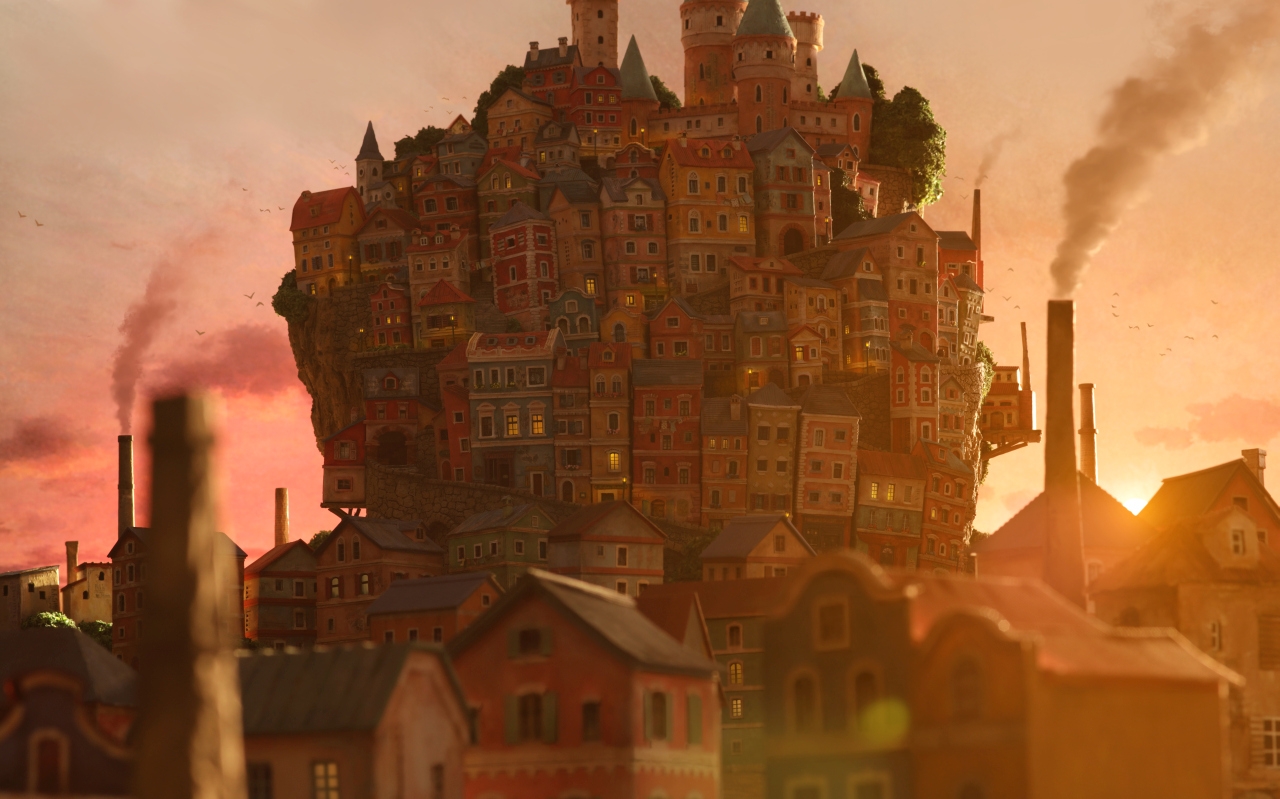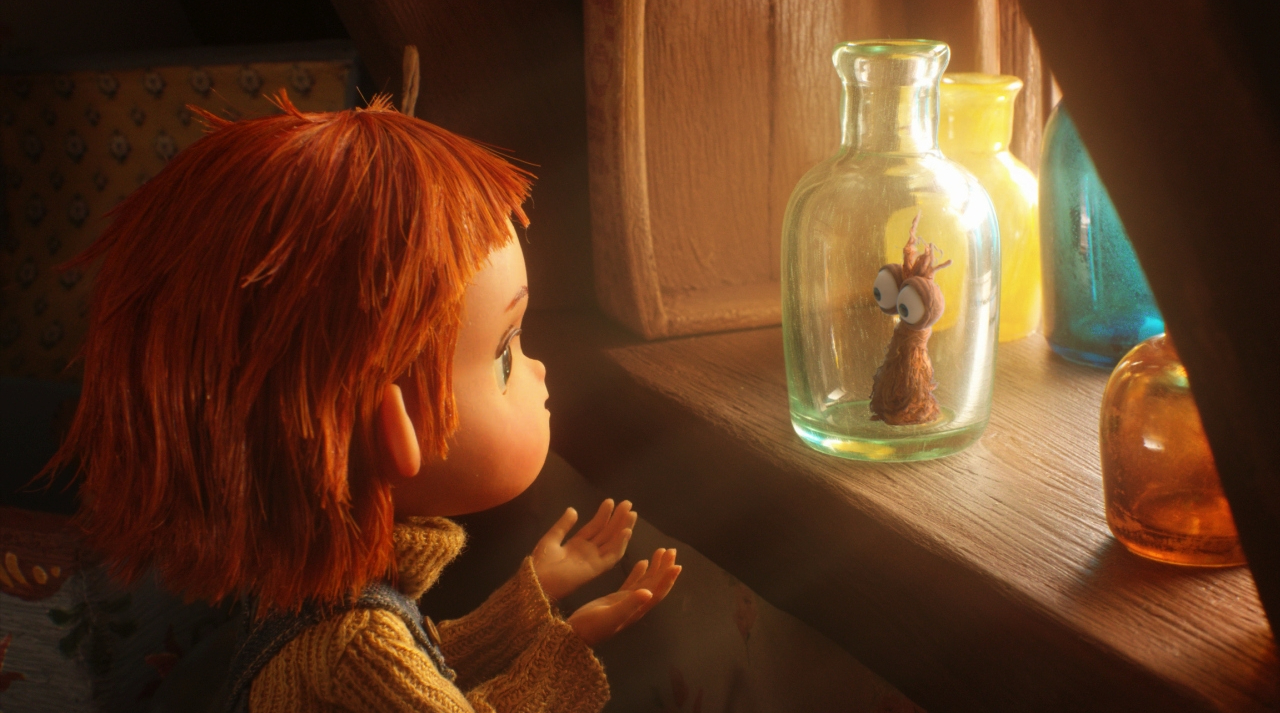Alcohol can, when drank in moderation, elevates the pleasure within social interactions, yet this liquid can also poison the subject and lead him to ravage his social interactions. Yet, the jouissance, by attaching itself to the substance, does not only complicate relationships but also seduces the subject to drink himself into his own grave.
Many films have explored these dangers of alcoholism (e.g. The Lost Weekend (1945), Affliction (1997), Pollock (2000), A Life Turned Upside Down: My Dad’s an Alcoholic (2019), …etc.), yet often with mixed success. The subjective impact of such narratives does not necessarily depend, as some might assume, on how well a film can shock the spectator, but also often on how thoughtful the dimension of metaphor and allegory are exploited to invite the spectator’s emotional investment. With Bottle George, Daisuke ‘Dice’ Tsutsumi takes the more indirect approach, with great success.
In the opening sequence, Tsutsumi elegantly plays with the dimension of fantasy and desire to evoke the simple truth that within a state of imprisonment, one can only desire freedom. Or, to put it in more fitting terms for Tsutsumi’s short Bottle George, these dimensions are utilized by him to show how alcohol imprisons a subject, sedating his social desires, and to explore, in an endearing and emotionally touching way, the radical difficulty of breaking free from one’s alcoholic shackles, of escaping the prison of liquid enjoyment.
The story of alcoholism illustrates the addictive evilness that resides in the overconsumption of alcohol and becoming dependent on these beverages. Tsutsumi reveals how this ‘orange’ liquid, by seizing the position of the object a, short-circuits the subject’s relationship to the Other/other. Or to put in more concrete terms, the directors show how the seemingly unescapable need to sedate oneself with alcohol ravages the father’s interactions with his daughter i.e. parental neglect.
Even though the narrative deals with some heavy themes, the visuals of Bottle George are full of charm. The character design of George is, quite simply, gorgeous. The two giant white eyes on his thin head give the small squeezed-out hairy body a cute and endearing quality. The village and the house where George’s bottle stand attain their charm quality not only because the architecture is reminiscent of the southern French countryside, but because Tsutsumi utilizes these European influences thoughtfully to create a fantastical space that is both familiar and curiously strange. The French atmosphere is also supported by the playful and picturesque musical accompaniment.
The visual pleasure of Bottle George is further heightened by Tsutsumi’s use of rich vibrant colours and by his attention to little details in creating the stop-motion sequences (e.g. ripples in water, the light playing on the bottle).
What also heightens the enjoyment of Tsutsumi’s narrative is the successful combination of charming visuals with intrusions of horror. Tsutsumi does not only infuse horror into his stop-motion short by exploiting his colour-design, utilizing the threatening quality red colours can attain, but also by supporting his visual composition with tensive musical pieces. Some spectators will argue that this sequence pays homage to Spielberg’s Jaws (1975) as well and Child’s Play (1988).
Bottle George is, in short, an instant stop-motion classic. Tsutsumi does not only impress with his charming visuals, the satisfying stop-motion, but with how he exploits, through the image, the metaphorical dimension of language to deliver a touching story of the difficulty of shaking off the shackles of the demon called alcohol.


